2009-01-22 11:19
APL receives enhanced secure trade rating from Singapore Customs
APL, the container shipping business of the NOL Group, achieved STP-plus status as part of Singapore’s Secure Trade Partnership (STP).
STP-plus is an enhanced tier of the STP programme, a voluntary supply chain security initiative introduced in 2007 by Singapore Customs.
STP-plus is awarded to companies that have in place robust security measures and best practices that meet the more stringent standards defined by the STP criteria.
APL is one of the first organizations to achieve the higher rating out of a total of 27 companies that have been certified under the STP programme.
APL Vice President for Security, Earl Agron, said, “As an organization, we are committed to taking the concept of secure trade to a higher level. It is gratifying that Singapore Customs has provided official recognition of our efforts through the STP-plus accreditation.”
Singapore Customs Assistant Director-General for Trade, Teo Siew Lan, said: “Due to varying degrees of awareness and preparedness when the STP programme was launched in 2007, Singapore Customs adopted a flexible approach through the STP Guidelines. In the course of the validation process, we recognize that some companies such as APL have put in place security measures that exceed the minimum standards. A year on, we felt it was essential and timely to recognize these companies’ preparedness by according them with a higher status, the STP-Plus.”
“Singapore’s STP program supports APL’s core objective to contribute positively to the development of workable solutions to improve global supply chain security, while minimizing the impact on trade flows,” concluded Mr Agron.
New TraPac container terminal opens in Jacksonville
Mitsui O.S.K. Lines, Ltd. (MOL) opened its own terminal in the U.S. port of Jacksonville, Florida. The first ship (serving the ESX-China/North America East Coast route) berthed on the afternoon of January 12th and the cargo operation was done safely.
MOL's wholly owned subsidiary, TraPac, Inc. (headquarters: Los Angeles), operates the terminal. Utilizing terminal operation know-how accumulated in the ports of Los Angeles and Oakland, the company will offer highly efficient, cost competitive services.
The Port of Jacksonville is an ideal location for container transport with fully developed railway and road networks. Many major logistics and warehouse facilities are located in the surrounding area and the port can expect further growth as a logistics center for the U.S. East Coast.
MOL General Manager, Liner Division T.K. Konishi said, "The new terminal will improve MOL's liner service quality with Jacksonville as a hub for the U.S. East Coast. We will also work closely with the City of Jacksonville and the Jacksonville Port Authority to promote development in this region."
IATA reiterates its environmental commitment even in times of crisis
The International Air Transport Association (IATA) highlighted aviation’s commitment to its environmental responsibility at the inauguration of its aviation and environment display at Rome’s Fiumicino Airport.
“Our commitment to environmental responsibility is firm and strong. Aviation accounts for 2% of global CO2 emissions. The industry’s constant commitment to efficiency has kept us a small part of the big problem of climate change. Even as we face the worst revenue situation in 50 years—with US$2.5 billion in losses this year, following a US$5 billion loss in 2008—we are determined to continue to deliver effective solutions that reduce aviation’s emissions,” said Giovanni Bisignani, IATA’s Director General and CEO.
IATA is leading the air transport industry’s efforts to address climate change and improve aviation’s environmental performance with a four-pillar strategy: investing in technology, flying planes effectively, building efficient infrastructure and using positive economic measures. “No other industry is as united in its approach. The IATA vision is to achieve carbon-neutral growth on the way to a carbon-free future,” said Bisignani.
“The strategy is delivering results. Aviation’s emissions will fall 4.5% in 2009. Part of this is due to the expected 2.5% reduction in traffic as a result of the global economic crisis. The rest is directly related to the strategy. Airlines are investing in fuel-efficient aircraft and retiring old ones. The numbers are impressive. In the first 11 months of 2008 1,037 new aircraft—with improved fuel efficiencies of 20-30%—were delivered. These replace 881 inefficient old aircraft which were parked,” Bisignani said.
IATA’s environment leadership is also contributing to reducing fuel burn. ”Working with airlines, airports and air navigation service providers, we have saved 59 million tonnes of CO2 since 2004, equal to US$12.2 billion in fuel costs. In 2008 alone we identified and saved 15 million tonnes of CO2, equal to US$5 billion,” Bisignani added. Since 2001 the air transport industry improved its fuel efficiency by 19%. By 2020 the industry target is to achieve a 25% improvement in fuel efficiency compared to 2005.
BPA grows into one of major global PAs in 5 years
BPA marked its fifth anniversary on January 16 since it was established to nurture Busan Port into a logistics hub port in North East Asia. Though the growth trend of cargo volume has been dented due to the global economic slowdown, BPA has achieved steady growth in cargo volume for the last 5 consecutive years and leveled the ground to diversify its businesses by developing ports abroad and its New Port Distri-park home.
The steady cargo volume growth thanks to Busan Port’s boosted international competitiveness
In spite of the global economic slowdown, Busan Port handled 13.42 million TEU, a 1.2 % increase from the previous year, 2008, continuing its growth trend for 5 consecutive years amid fierce competition among ports in North East Asia. It is said that the BPA’s success was in part thanks to the joint efforts between BPA and terminal operators to expand cargo handling facilities and the various incentives provided for operators to attract more cargoes. Progressive marketing activities and boosted customer satisfaction are regarded as contributors to Busan Port’s raised international competitiveness and cargo growth. Thanks to the steady cargo growth, BPA has marked surpluses for the 5 consecutive years since it was established in 2004: KRW 8 billion in 2004, KRW 10.4 billion in 2005, KRW 21.1 billion in 2006, KRW 38.5 billion in 2007 and KRW 34.6 billion (estimated) in 2008.
BPA reaped tangible results in vitalizing Busan New Port and its Distri-park such as noticeable cargo volume increases and move-ins by global logistics companies. Though New Port with 6 berths handled 237,000 TEU in its first year, 2006, since then it has accomplished 600% cargo volume growth with 580,000 TEU in 2007 and 1.6 million TEU in 2008. Especially, the port is expected to see its second jump this year because phase 2-1 and 2-2 ports operated by Hanjin Shipping and Hyundai Merchant Marine are in the offering. In addition, BPA created more cargo volume, jobs and added value by expanding and vitalizing New Port’s Distri-park. 22 consortiums consisting of foreign and domestic logistics companies are operating or expected to operate soon in the Distri-park. BPA plans to publicly invite tenants to move in to the phase 4 site of the Distri-park in the first half of this year.
BPA is implementing its North Port Redevelopment Project, chosen as one of 10 Korean New Deal Projects, as planned.
The project, called Central Bay, will transform 1.52 million ㎡ of terminal 1~4 and coastal Ferry Terminal into a international hub for marine tourism and water-friendly area. The project is currently gaining momentum with its construction period being shortened by 5 years from 2020 to 2015 to create jobs and revitalize the local economy. BPA had the phase 1-1 construction of the project endorsed last year and is going to invite private companies for business plans next month.
BPA is trying to build up a global network such as the Nakhodka Port Development in Russia to create more cargo volume. The development jointly implemented by 3 domestic companies and DVTG, a Russian private railway company, will transform the current fishery port into a container port with 3 berths able to berth 2,000 TEU-class vessels by 2010 and with an additional 3 multi-purpose berths able to berth 20,000 ton vessels by 2014. In addition, BPA will aggressively embark on overseas port development in potential ports like Suifenhe ICD in China.
BPA said that based on achievements, it will continue to develop Busan Port into a world-class port through innovation and boosting its competitiveness. <코리아쉬핑가제트>
STP-plus is an enhanced tier of the STP programme, a voluntary supply chain security initiative introduced in 2007 by Singapore Customs.
STP-plus is awarded to companies that have in place robust security measures and best practices that meet the more stringent standards defined by the STP criteria.
APL is one of the first organizations to achieve the higher rating out of a total of 27 companies that have been certified under the STP programme.
APL Vice President for Security, Earl Agron, said, “As an organization, we are committed to taking the concept of secure trade to a higher level. It is gratifying that Singapore Customs has provided official recognition of our efforts through the STP-plus accreditation.”
Singapore Customs Assistant Director-General for Trade, Teo Siew Lan, said: “Due to varying degrees of awareness and preparedness when the STP programme was launched in 2007, Singapore Customs adopted a flexible approach through the STP Guidelines. In the course of the validation process, we recognize that some companies such as APL have put in place security measures that exceed the minimum standards. A year on, we felt it was essential and timely to recognize these companies’ preparedness by according them with a higher status, the STP-Plus.”
“Singapore’s STP program supports APL’s core objective to contribute positively to the development of workable solutions to improve global supply chain security, while minimizing the impact on trade flows,” concluded Mr Agron.
New TraPac container terminal opens in Jacksonville
Mitsui O.S.K. Lines, Ltd. (MOL) opened its own terminal in the U.S. port of Jacksonville, Florida. The first ship (serving the ESX-China/North America East Coast route) berthed on the afternoon of January 12th and the cargo operation was done safely.
MOL's wholly owned subsidiary, TraPac, Inc. (headquarters: Los Angeles), operates the terminal. Utilizing terminal operation know-how accumulated in the ports of Los Angeles and Oakland, the company will offer highly efficient, cost competitive services.
The Port of Jacksonville is an ideal location for container transport with fully developed railway and road networks. Many major logistics and warehouse facilities are located in the surrounding area and the port can expect further growth as a logistics center for the U.S. East Coast.
MOL General Manager, Liner Division T.K. Konishi said, "The new terminal will improve MOL's liner service quality with Jacksonville as a hub for the U.S. East Coast. We will also work closely with the City of Jacksonville and the Jacksonville Port Authority to promote development in this region."
IATA reiterates its environmental commitment even in times of crisis
The International Air Transport Association (IATA) highlighted aviation’s commitment to its environmental responsibility at the inauguration of its aviation and environment display at Rome’s Fiumicino Airport.
“Our commitment to environmental responsibility is firm and strong. Aviation accounts for 2% of global CO2 emissions. The industry’s constant commitment to efficiency has kept us a small part of the big problem of climate change. Even as we face the worst revenue situation in 50 years—with US$2.5 billion in losses this year, following a US$5 billion loss in 2008—we are determined to continue to deliver effective solutions that reduce aviation’s emissions,” said Giovanni Bisignani, IATA’s Director General and CEO.
IATA is leading the air transport industry’s efforts to address climate change and improve aviation’s environmental performance with a four-pillar strategy: investing in technology, flying planes effectively, building efficient infrastructure and using positive economic measures. “No other industry is as united in its approach. The IATA vision is to achieve carbon-neutral growth on the way to a carbon-free future,” said Bisignani.
“The strategy is delivering results. Aviation’s emissions will fall 4.5% in 2009. Part of this is due to the expected 2.5% reduction in traffic as a result of the global economic crisis. The rest is directly related to the strategy. Airlines are investing in fuel-efficient aircraft and retiring old ones. The numbers are impressive. In the first 11 months of 2008 1,037 new aircraft—with improved fuel efficiencies of 20-30%—were delivered. These replace 881 inefficient old aircraft which were parked,” Bisignani said.
IATA’s environment leadership is also contributing to reducing fuel burn. ”Working with airlines, airports and air navigation service providers, we have saved 59 million tonnes of CO2 since 2004, equal to US$12.2 billion in fuel costs. In 2008 alone we identified and saved 15 million tonnes of CO2, equal to US$5 billion,” Bisignani added. Since 2001 the air transport industry improved its fuel efficiency by 19%. By 2020 the industry target is to achieve a 25% improvement in fuel efficiency compared to 2005.
BPA grows into one of major global PAs in 5 years
BPA marked its fifth anniversary on January 16 since it was established to nurture Busan Port into a logistics hub port in North East Asia. Though the growth trend of cargo volume has been dented due to the global economic slowdown, BPA has achieved steady growth in cargo volume for the last 5 consecutive years and leveled the ground to diversify its businesses by developing ports abroad and its New Port Distri-park home.
The steady cargo volume growth thanks to Busan Port’s boosted international competitiveness
In spite of the global economic slowdown, Busan Port handled 13.42 million TEU, a 1.2 % increase from the previous year, 2008, continuing its growth trend for 5 consecutive years amid fierce competition among ports in North East Asia. It is said that the BPA’s success was in part thanks to the joint efforts between BPA and terminal operators to expand cargo handling facilities and the various incentives provided for operators to attract more cargoes. Progressive marketing activities and boosted customer satisfaction are regarded as contributors to Busan Port’s raised international competitiveness and cargo growth. Thanks to the steady cargo growth, BPA has marked surpluses for the 5 consecutive years since it was established in 2004: KRW 8 billion in 2004, KRW 10.4 billion in 2005, KRW 21.1 billion in 2006, KRW 38.5 billion in 2007 and KRW 34.6 billion (estimated) in 2008.
BPA reaped tangible results in vitalizing Busan New Port and its Distri-park such as noticeable cargo volume increases and move-ins by global logistics companies. Though New Port with 6 berths handled 237,000 TEU in its first year, 2006, since then it has accomplished 600% cargo volume growth with 580,000 TEU in 2007 and 1.6 million TEU in 2008. Especially, the port is expected to see its second jump this year because phase 2-1 and 2-2 ports operated by Hanjin Shipping and Hyundai Merchant Marine are in the offering. In addition, BPA created more cargo volume, jobs and added value by expanding and vitalizing New Port’s Distri-park. 22 consortiums consisting of foreign and domestic logistics companies are operating or expected to operate soon in the Distri-park. BPA plans to publicly invite tenants to move in to the phase 4 site of the Distri-park in the first half of this year.
BPA is implementing its North Port Redevelopment Project, chosen as one of 10 Korean New Deal Projects, as planned.
The project, called Central Bay, will transform 1.52 million ㎡ of terminal 1~4 and coastal Ferry Terminal into a international hub for marine tourism and water-friendly area. The project is currently gaining momentum with its construction period being shortened by 5 years from 2020 to 2015 to create jobs and revitalize the local economy. BPA had the phase 1-1 construction of the project endorsed last year and is going to invite private companies for business plans next month.
BPA is trying to build up a global network such as the Nakhodka Port Development in Russia to create more cargo volume. The development jointly implemented by 3 domestic companies and DVTG, a Russian private railway company, will transform the current fishery port into a container port with 3 berths able to berth 2,000 TEU-class vessels by 2010 and with an additional 3 multi-purpose berths able to berth 20,000 ton vessels by 2014. In addition, BPA will aggressively embark on overseas port development in potential ports like Suifenhe ICD in China.
BPA said that based on achievements, it will continue to develop Busan Port into a world-class port through innovation and boosting its competitiveness. <코리아쉬핑가제트>





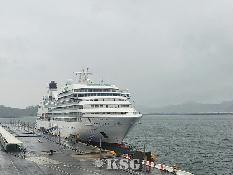
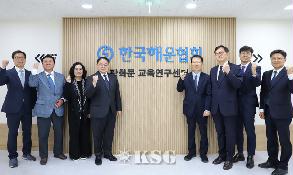


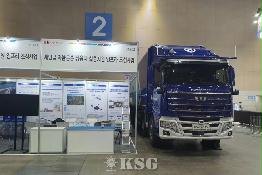
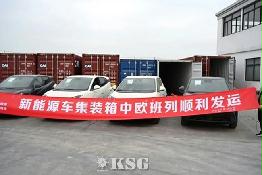
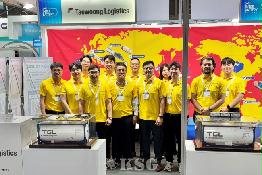
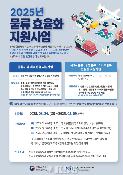
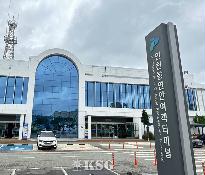
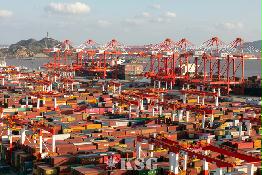

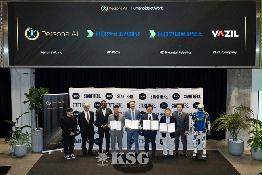
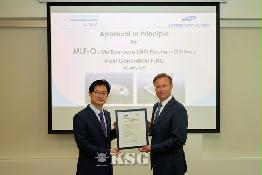
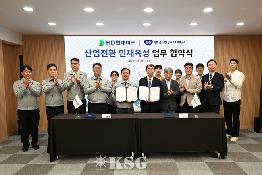
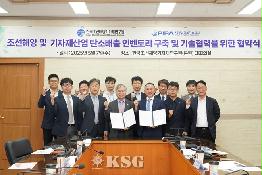
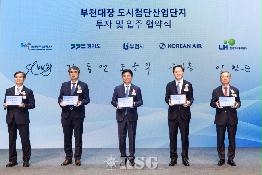
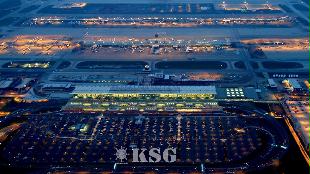
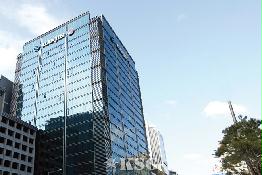
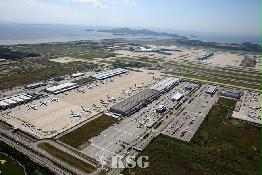
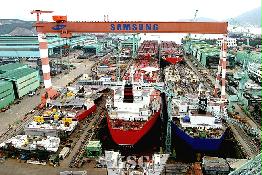
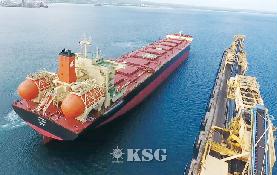
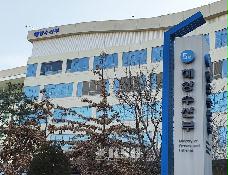
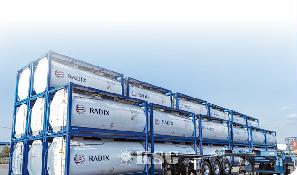


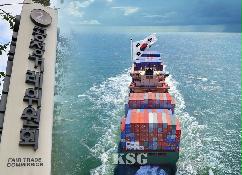
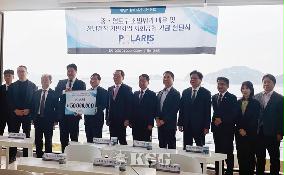

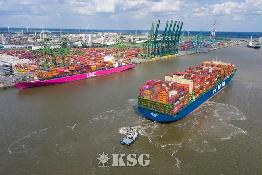
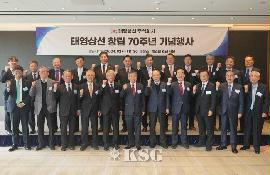
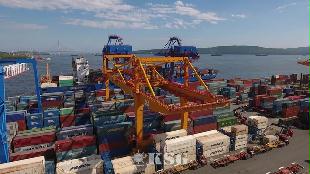






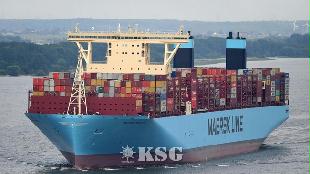
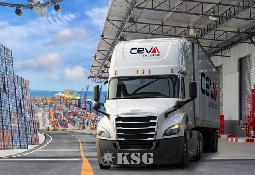
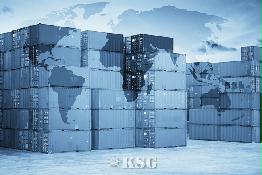
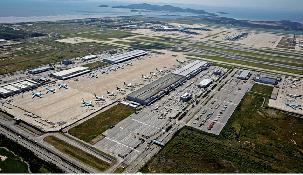






















0/250
확인